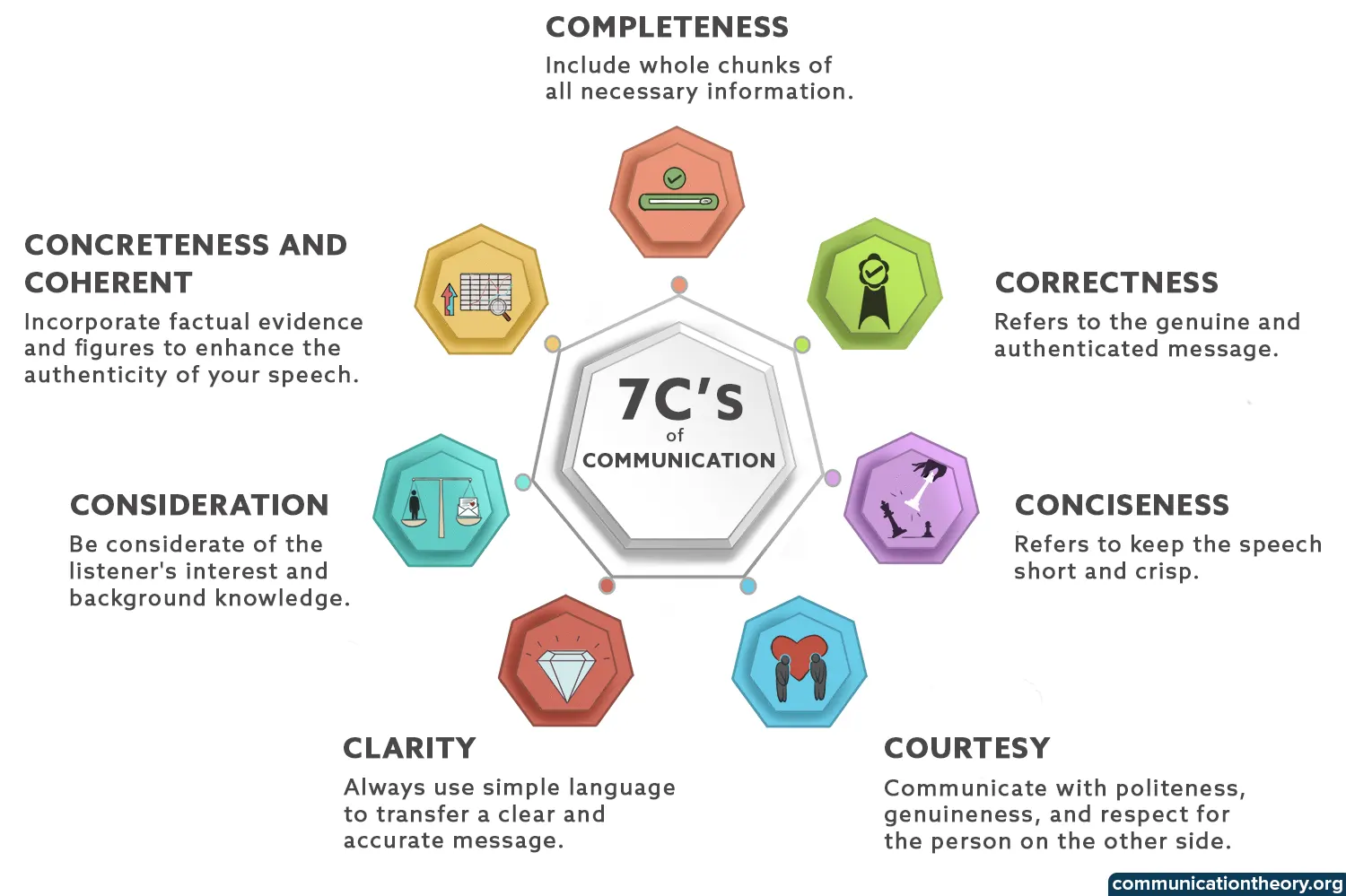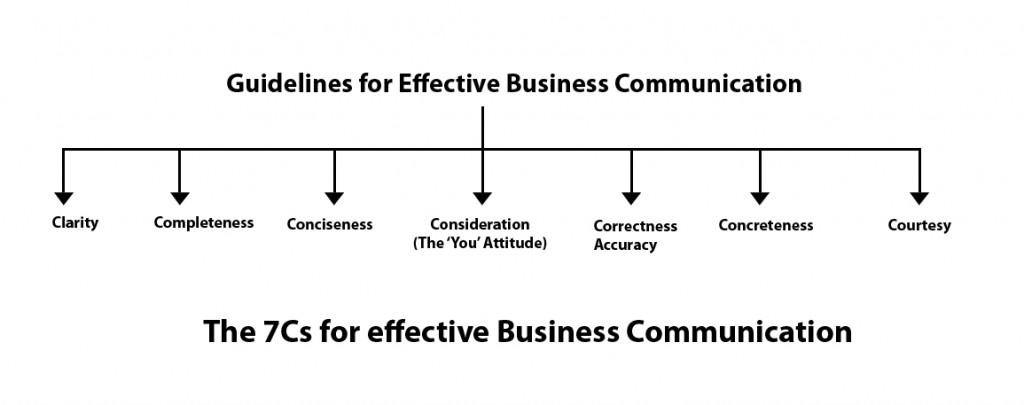An effective communication takes place when the message sent across by the conveyer is clear and easily comprehended by the receiver and relevant response is fed back to the one who conveyed the message and the flow continues similarly.

Source: Kurhan/Adobe Stock
Although communication takes place at all times, if it is done effectively is a matter of dispute. For the most part, people don’t communicate efficiently, and this has been one of the predominant contributors to interpersonal conflicts.
Lack of proper listening, psychological conditions, poor comprehension skills, absence of mind, ambiguity in the message conveyed, and improper usage of words are some of the most frequently occurring mistakes during conversations.
So what makes communication effective? What are some of the tips and strategies that can be applied when communicating in general?
We are constantly in touch with people, texting, sending emails, creating reports, attending conferences and whatnot. So how can we scale up our communication game? What would make us stand out and seem distinctive in this world swarming with competitors?
The 7 C’s of Effective Communication
The 7 C’s of communication is an excellent strategy formulated by Scott Cutlip and Allen Center in the year 1952 in his book “Effective public relations”. This came to be utilized by people across the globe and is one of the most operative strategies used to date.
It involves the following C’s:
- Completeness
- Correctness
- Conciseness
- Courtesy
- Clarity
- Consideration
- Concreteness
These strategies apply to both written and oral communication. The one who is aware of and makes use of these 7C’s in a sensible manner can become a good and effective communicator.

1. Completeness
This is one of the most significant aspects of effective communication. Completeness refers to giving full information about something rather than just saying it in bits and pieces. It’s the right of the recipient to receive access to the whole chunk of information to be able to follow the sender’s line of reasoning in regards to the matter being discussed.
For example, when Peter told “write a short passage on data science and send me”, Shawn couldn’t understand the context whatsoever. He had too many questions in his head about the topic, its length and the style of writing, where this piece of writing go etc.
Instead, Peter could frame his instructions as “Shawn I want you to write a 100-200 word short essay on the recent trends in data science. Submit it to me by the end of this day. I need it for our blog.”
Completeness holds much higher salience during the delegation of tasks when the subordinates need detailed instructions to pursue a task at hand.
2. Correctness
The genuineness and the value of your speech lie in its correctness and authenticity. It’s better to keep quiet rather than talk about something that you aren’t so sure of. The correctness of the speech would reflect directly on your personality and so it should be given utmost prominence.
The legitimacy of the factual information, the language used and grammar are some of the aspects of correctness amongst others.
If your audience spots any errors or blunders in your speech, it is no longer valued and they are likely to be distracted. The credibility of the speaker would also receive a massive hit and therefore the effectiveness of the communication will be compromised.
Related: Language Barriers
3. Conciseness
Conciseness is to keep the speech short and crisp. Nobody likes listening to someone who delivers long and draggy speeches because people lose interest and attention very easily. When interacting or delivering the speech, the ultimate objective is to make sure that the message is received in its intended form. Lack of conciseness will lead to the loss of essence in the content. Make sure to keep your speech brief and precise.
For example,
Intended message: “could you please receive Amanda from the airport?”
Delivered method: “Yesterday was a tiring day. Last night I couldn’t sleep properly. My wife has severe migraine and she’s down. I couldn’t have breakfast in the morning and I am tired. Amanda has taken her flight from Indonesia last night. She would reach here in some time. It would be nice if someone could pick her up from the airport.”
In this example, the message was simple. Yet, the sender makes it seem complicated and leaves the recipient feeling puzzled, irritated or exhausted. Also, he may deny the request. Such delivery of a message makes the message lose its value.
Related: Semantic Barriers
4. Courtesy
Courtesy refers to communicating with politeness, genuineness and respect for the person on the other side of the conversation. It will naturally scale up the value of communication. Courtesy is a tendency which stems out of empathy for people.
To be courteous doesn’t mean just use polite, magical phrases like “thank you”, “sorry”, “please” and “excuse me”. It also means to be honest, respectful and empathetic of people and not make sarcastic or any other form of passive-aggressive remarks.
One classic example would be from the infamous movie “Mean Girls” where Regina would tell a fellow classmate about how she loves the skirt she was wearing. As the girl leaves, Regina would tell her friend Cady how that was the ugliest skirt she has ever seen. This is an example of how you should not communicate.
In many instances, people use the power of their intellect and status to belittle the plight of others. This is so especially among those who bully the perceivably weaker ones for their timidity, racial backgrounds, gender, and color among many other aspects.
The global star Priyanka Chopra narrates in an interview about her high school days when she was severely bullied by her schoolmates. She was called names like “brownie” for her skin color and her ethnicity so much so that she was forced to have lunch inside a toilet cubicle.
Related: Assertive Communication
5. Clarity
Clarity is to transfer accurate and easily comprehendible messages to the receiver. Before choosing to talk, be clear about your goals for the conversation. Let the other person know what your objective is for the interaction. To make your speech clear, always use simple language rather than using intricate phrases that would make comprehension difficult.
The recipient shouldn’t be made to “read between the lines”. Even if the content is complicated in nature, try to divide your ideas, distill it and make it as simple and clear as possible as that would make it easy for the receiver to grasp the information well.
6. Consideration
Consideration is quite similar to that of courtesy. It means to consider the other person and to address them putting you in their place. In other words, you talk to someone in a way you would want someone to talk to you.
For example, if you prefer someone to talk to you with respect and politeness, you would exhibit the same behaviors towards others. Just as that of courtesy, one should be inherently empathetic to be able to show consideration for the other person. When you are considerate, you sincerely regard people’s interests and benefits.
To be considerate also means to acknowledge the situational factors of the audience that you address. If you are going to give a talk on astrophysics amongst a bunch of seven-year-olds, the only response you would receive would be the sound of yawning and snoring; maybe even a giggle here and there if you’re lucky.
So when you talk to someone, remember to acknowledge their background such as their age, language proficiency, culture, literacy level, mental state, character, interests etc. so that you may be relatable to your audience and your intended message reaches them successfully.
7. Concreteness
Concrete communication denotes your message being specific, meaningful and focused. You don’t beat around the bush to get to a point. Rather it is solid and concise. You avoid vague and ambiguous messages and only strive toward making your information well received by the recipient. Your speech is crisp yet brimming with beneficial information. You incorporate factual evidence and figures to enhance the authenticity of your speech.
For example, when you say “Depression is a global issue”, you don’t just bluntly make that claim but also pitch in the statistical values and empirical evidence to support your statement.
And now, for your upcoming presentations make sure to follow these strategies and show up your confidence. These effective strategies may take you to the place of success at your workplace.
Best of luck!

these are the best or very good note that helps me in hawassa university while learning the business communication.
Assalamaoalikum !
Sir please give me full detail in one by one …thankyou
do you have complete intodution to 7Cs of effective bussiness communication?
I want to get detail of these seven c’s .Thank you
please whould you like to send thise cs in detail
So Nice
please so the detail of 7c’s thanks …………………………………………………..
plz give me more detail
give more detail but notes is best
plz give me defination of each c’s
kindly give the explanation of these C’s.
Good post thank
I want to know more about the seven c’s
excellent
This is very very helpfull in my exam
Thank you so much for all your efforts.
This is best and very simple to understand.
This is very helpful, thanks for your post.
Ma sha Allah very gud and informative…